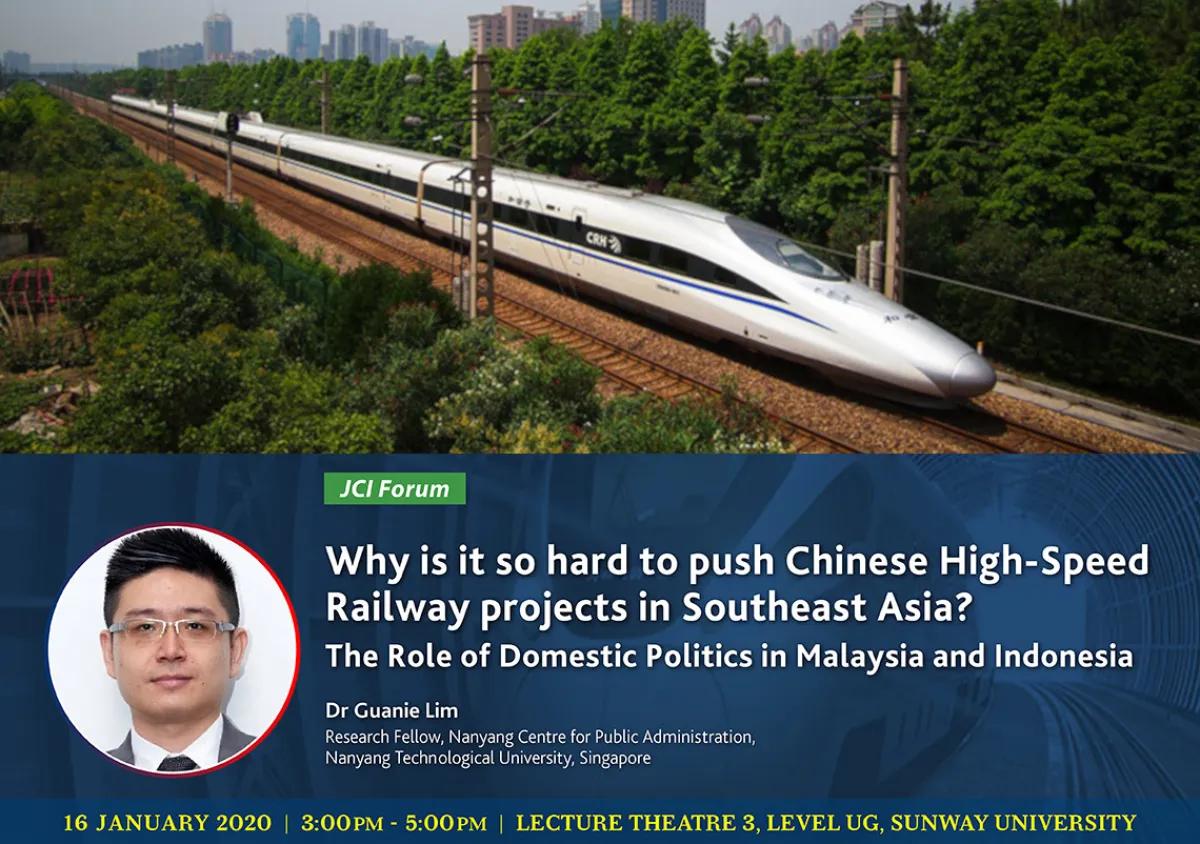Abstract
The implementation of large, capital-intensive Belt and Road Initiative (BRI) projects is more complex than often portrayed. Comparing two of the most prominent Chinese BRI railway projects in Southeast Asia–Malaysia’s East Coast Rail Link (ECRL) and Indonesia’s Jakarta-Bandung High Speed Rail (HSR)–Dr Guanie Lim argues that the ECRL is implemented considerably faster than the HSR primarily because Malaysia possesses a more centralized political structure relative to Indonesia.
Malaysia’s power concentration at two levels – between central and sub-national players and amongst central players – has facilitated elite consensus and quickened the ECRL’s rollout. Contrarily, Indonesia’s decentralization exercise since the late 1990s, both at the spatial level and within the executive arm of the central government, has encouraged plurality of opinion and prevented power consolidation. Despite President Joko Widodo’s clear intentions to expedite the Jakarta-Bandung HSR, he has been checked by multiple influential stakeholders, resulting in delays and worries that the project might be suspended. The findings suggest that where Chinese railway projects are concerned, a wide range of interest groups in the BRI recipient states can make outcomes less open to generalization.
Speaker
Research Fellow at the Nanyang Centre for Public Administration, Nanyang Technological University, Singapore.
His main research interests are comparative political economy, value chain analysis, and the Belt and Road Initiative in Southeast Asia.




